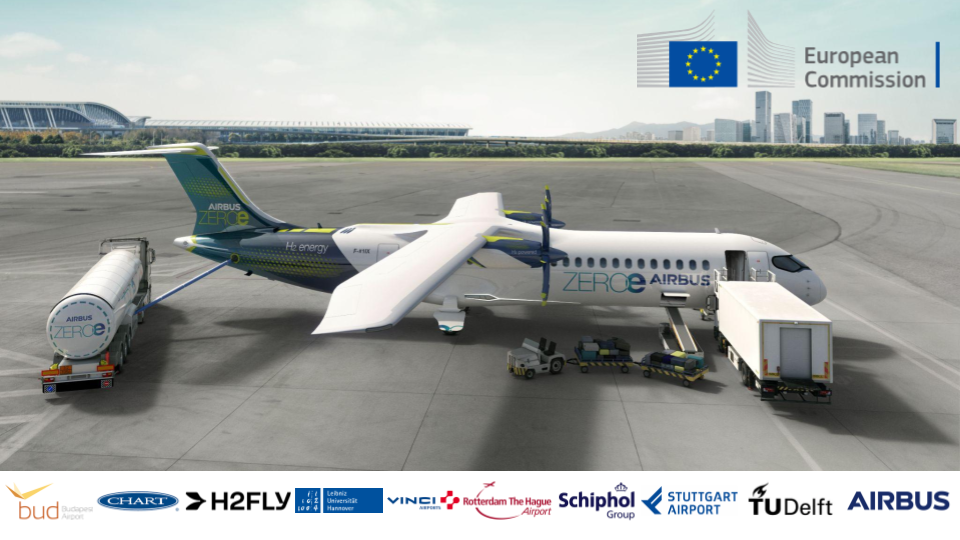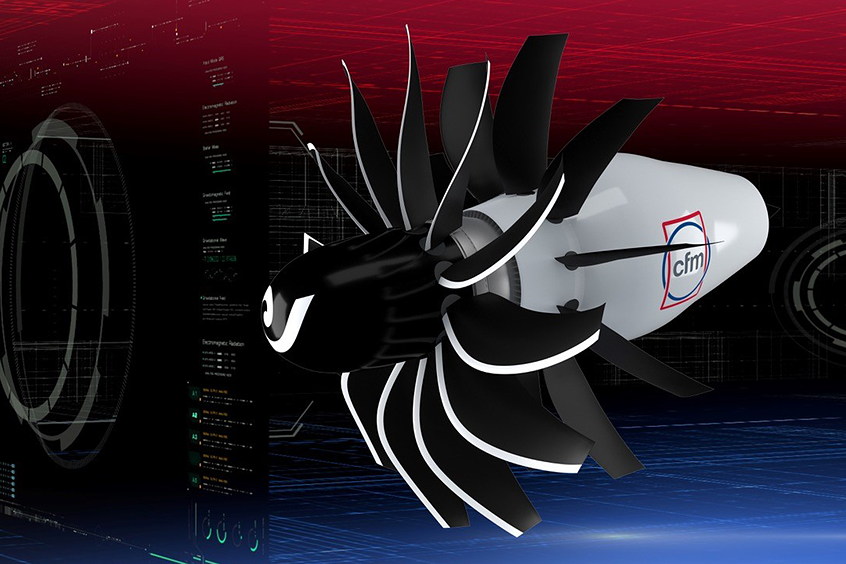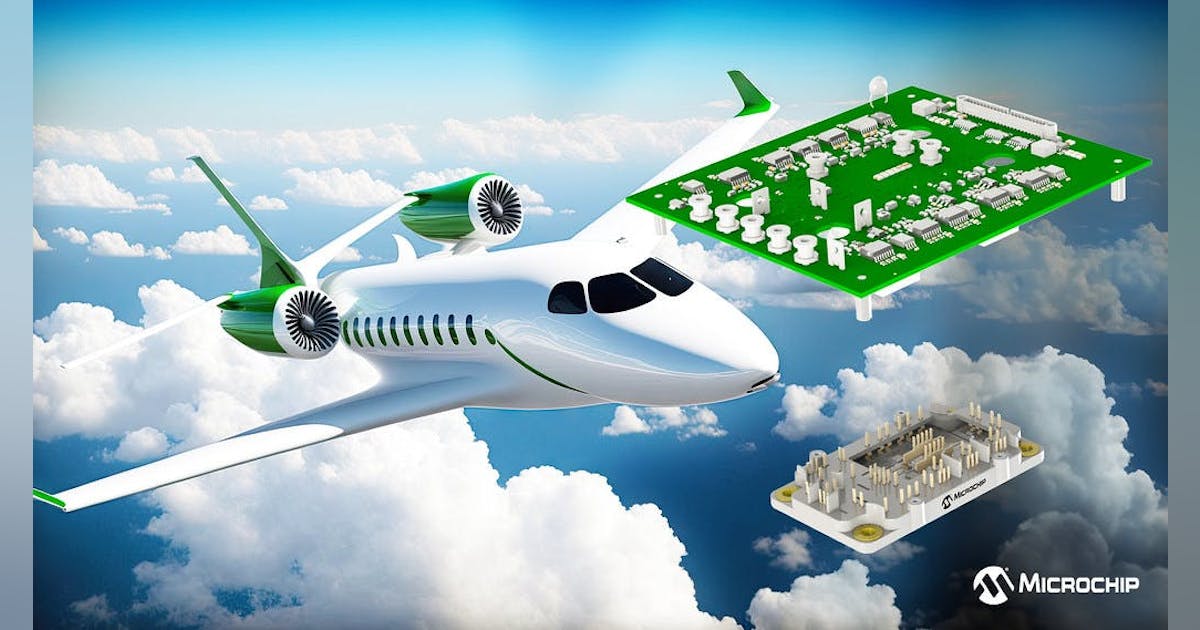
Boeing’s ecoDemonstrator jet recently taxied to and from a runway without receiving the usual verbal air traffic control communication. Instead, the 777-200ER received its taxiing instructions digitally before takeoff and after landing. In collaboration with NAV CANADA, Boeing’s ecoDemonstrator taxied to and from the runway at Vancouver International Airport (YVR) without a single word shared between its flight crew and air traffic control (ATC). The plane was instead cleared digitally as part of a new electronic flight bag (EFB) capability – this includes Smart Airport Maps from US-based company Jeppesen, which offers a graphic map of taxiing instructions. Steve Altus, Boeing Technical Fellow, Digital Aviation Solutions, commented,
“Testing this technology in a real-world environment in collaboration with NAV CANADA is an important step in our goal to improve the efficiency of air traffic control and pilot communication during taxiing.”
Implementing digital navigation systems can offer several benefits for both pilots and ATC teams by reducing pilot workload, enhancing safety and increasing operational efficiency. As explained by Capt. Kirk Vining, Chief Pilot, Product Development in Boeing Test & Evaluation, “It eliminates the need to transcribe voice commands, which reduces errors, and it reduces delays and confusion from routes being broadcast over a shared frequency.”
“Testing this technology in a real-world environment in collaboration with NAV CANADA is an important step in our goal to improve the efficiency of air traffic control and pilot communication during taxiing.”
Implementing digital navigation systems can offer several benefits for both pilots and ATC teams by reducing pilot workload, enhancing safety and increasing operational efficiency. As explained by Capt. Kirk Vining, Chief Pilot, Product Development in Boeing Test & Evaluation, “It eliminates the need to transcribe voice commands, which reduces errors, and it reduces delays and confusion from routes being broadcast over a shared frequency.”












